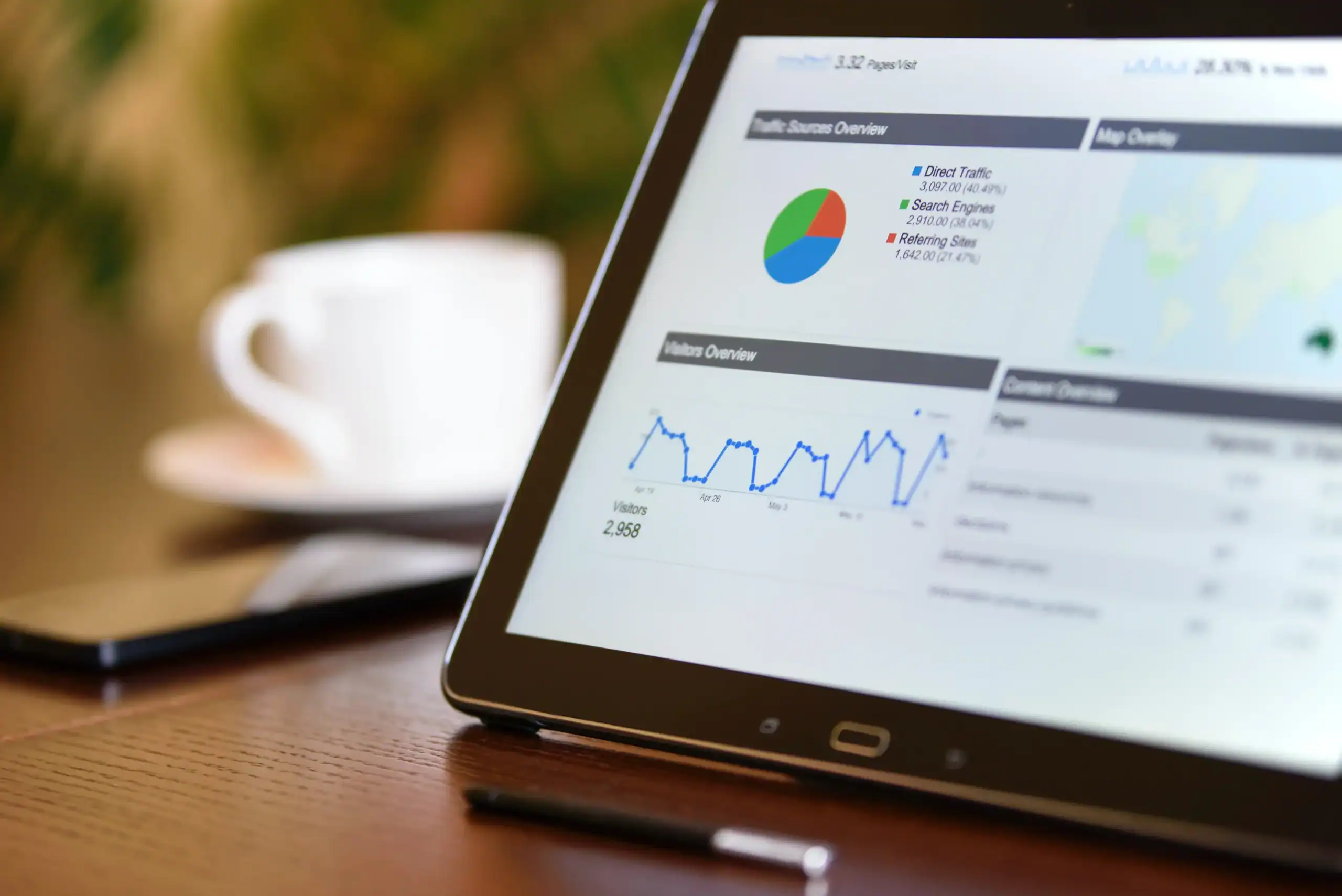Data Mining for Better Business Outcomes
Khader Shakir
December 1, 2022
4 minute read

In today’s world, it is said that data is the new oil, but some might not agree with it. We believe that data transformed into meaningful and insightful information is the new oil of the century. The ability and the ease with which organizations can extract and process data from disparate information sources defines the potential to scale from performing simple analysis to nailing a sophisticated predictive model that can deliver business outcomes. Developing the required Infrastructure to enable Data mining is essential to advance your data strategy.
What is Data Mining?
Data mining is the process of sorting out humongous data sets to identify patterns, information, and relationships between various data elements and entities to make a more informed decision. Data mining is integral to data science and advanced data analytics.
Data Mining lets you:
- Skim through vast amounts of data
- Isolate noise from a pattern
- Provide foresight
- Configure driving factors to achieve the desired business outcome
- Accelerate the pace of informed decision-making (sometimes even automate them).
The Broad Steps Involved in a Successful Data Mining Project
Data Gathering
The relevant data elements per the use case are identified, mapped to the data source, -Data Warehouse, Data Lake, 3rd party or common/ public data sources- and moved to a Data Lake
Data Transformation
This step plays a crucial role and defines the success of the solution. Preparing data to be mined
involves data discovery, profiling, and pre-processing to address data quality issues like duplication, inconsistency, etc. Data is transformed (usually in an automated fashion) to the desired state and made consistent-example- extracting specific data elements from unstructured data like an email or invoice and made ready to play with other structured data elements) to enable the application of data science.
Mining Data
Typically, a trained data scientist, data mining analyst, and citizen data analyst, with the help of data mining software, can apply appropriate data mining techniques and implement one or several of these algorithms like classification, regression, etc., to arrive at the expected outcome of the application. If the use case involves machine learning, the model is typically trained on a sample data set to look for specific results, tested, and adjusted before they run against a complete data set or continuous data streams.
Data analysis and interpretation
The results from the data mining project are shared with the project sponsors and business user groups with the intent to explain the model in a simplistic fashion, typically with visuals, and void of the statistical jargon (depending on the organizational data maturity). The model is then put into production and adopted as part of the business as usual.
The Outcomes of Data Mining
A well-defined data mining process for specific use cases can radically change how organizations do business and deliver transformational business outcomes across Growth, Cost, Customer Experience, Risk & Compliance.
Product Design
Data Mining helps discover the consumer personas and preferences and understand differentiating characteristics/features of a successful product. Thus helping organizations to redesign or double down on winning product design to tap into new customers appropriately.
Growth, Sales, and Marketing
Further Data mining can help understand the targeted market, which customer to target, advertisement frequency, and the right message that will resonate and result in a sale. Data mining can also help cross-sell and upsell products.
Risk and Compliance
Organizations can tap into the insights from data mining to learn and mitigate risks – Financial (Like Insurance Fraud Detection), Legal, or Cyber Security
Maintenance Cost
Mining transactional data from IoT devices and sensors in a manufacturing setup can help predict equipment failure and provide intelligence to isolate and proactively maintain them and reduce downtime.
Employee Productivity
Mining the workflow data can identify all the non-value added, mundane tasks that consume employees’ bandwidth and keep them from focusing on higher value activity. The insights can help identify and execute automation (RPA, Custom Code) opportunities that can significantly improve productivity and better customer experience.
Increased Supply Chain Management
Understanding and Optimizing the supply chain could have a material impact on organizational growth and profitability. Data mining can help identify variables that reflect market trends and accurately forecast demand. This forecasting can further help optimize the supply, logistics, and distribution operations and potentially advance toward “Just In Time” production.
Sparkhound wants to help you purposefully mine your data. Learn how to get started by contacting us.

















